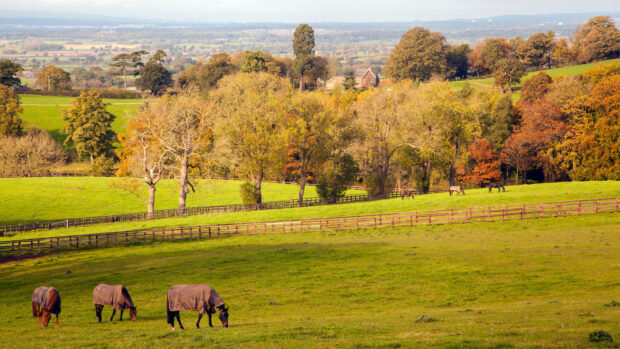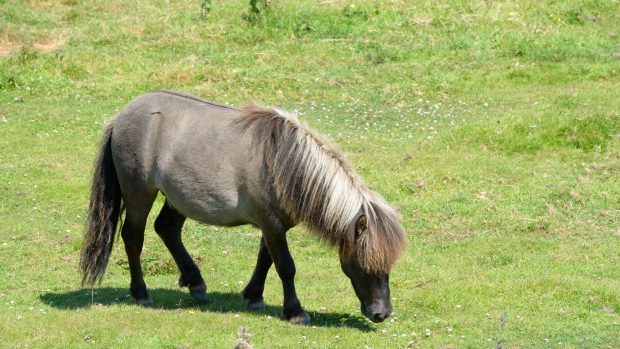While plump ponies and horses who gorge themselves on lush spring pasture are among the most likely equines to suffer from laminitis, this crippling and painful disease can also strike underweight horses, if they are not managed correctly.
The underweight horse: Tanai is a 13.2hh 24-year-old Exmoor-type gelding, who currently weighs 300 and has a condition score of two out of five. His optimal weight is 365. He is currently being fed a low calorie chaff, two handfuls of a low energy mix and haylage. Tanai has a history of laminitis but is currently underweight and lacks topline. He is in light work, being ridden for about 40min four times per week and is hacked out at weekends.
An equine nutritionist says:
As Tanai has had laminitis in the past, it is important to provide a diet that is low in soluble carbohydrates (sugar and starch). Most conditioning feeds will be too rich for him, but in order to promote weight gain additional calories must be added to the diet.
There are several ways to safely increase his calorie intake:
1. Soya oil is high in calories but contains no starch or sugar. The energy it provides is released slowly which makes it useful for weight gain and stamina activities. Start with a tablespoon and increase slowly to a mug full per day.
2. Replacing the low calorie chaff with alfalfa chaff will provide quality protein for muscle development and topline. Alfalfa is low in starch and sugar but contains more calories than most chaffs.
3. By replacing the low energy mix with a low energy cube higher quantities can be fed to help maintain body condition, without feeding too much starch. (Cubes generally contain less starch than their mix equivalents.) Alternatively a feed that has been designed for horses that suffer from azoturia could be fed. These feeds can be used for underweight horses that are prone to laminitis because they are high in calories but low in starch. They have generous oil content and contain highly digestible fibre.
4. Increase his haylage allowance. As haylage contains more water than hay, it is important to feed a greater weight of haylage to ensure adequate fibre intake. If your haylage is a high fibre, low energy variety you should be able to feed it ad-lib.
5. Feed a supplement such as Yea-Sacc to help enhance fibre digestion and reduce the risk of laminitis by maintaining a healthy gut microflora.
Tanai’s bodyweight should be monitored fortnightly using a weightape, while turnout on sunny frosty mornings should be avoided as research has shown that fructans, which have been linked to laminitis, are higher at these times.
In addition to Tanai’s normal diet, extra salt (around 20g per day) should be provided to help replace the sodium and chloride lost through sweating, with a specifically formulated equine electrolyte supplement used if Tanai has sweated heavily.



